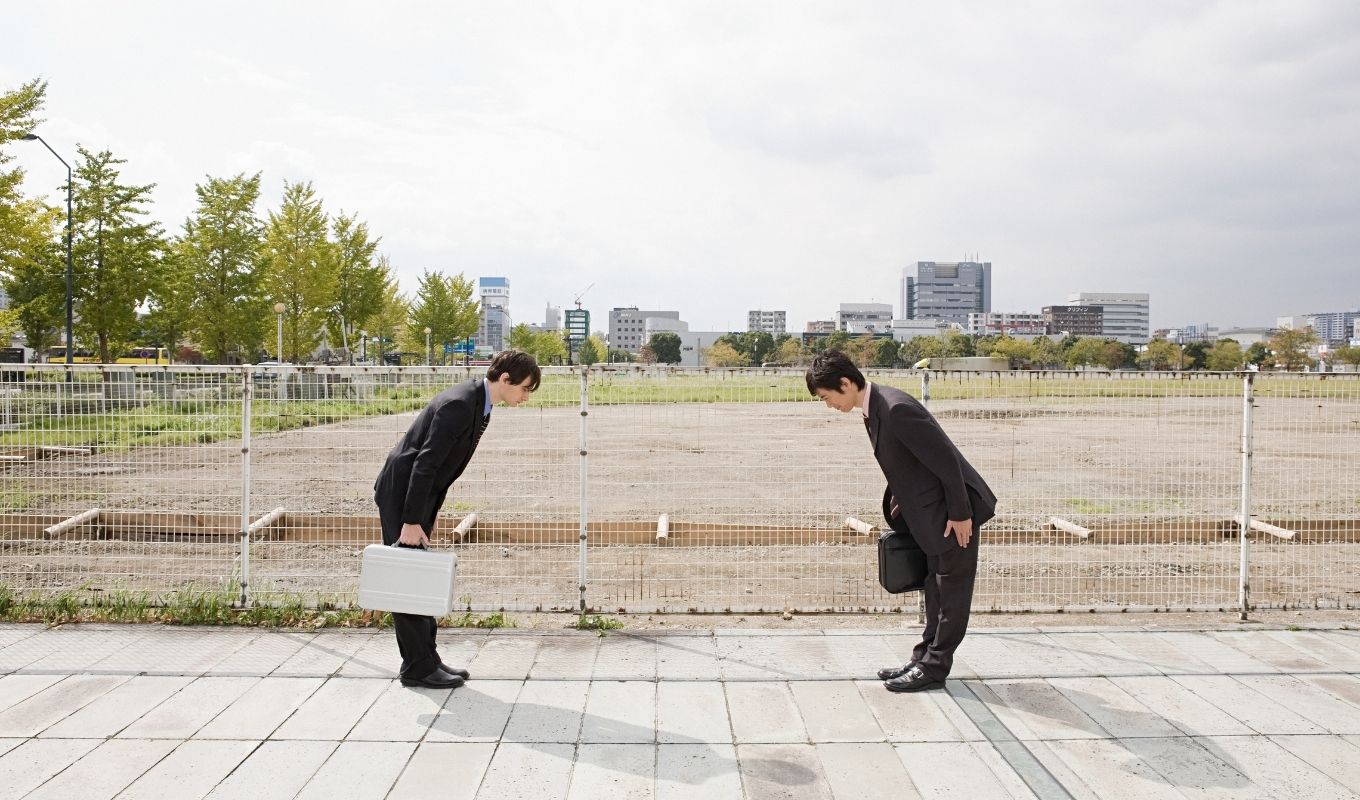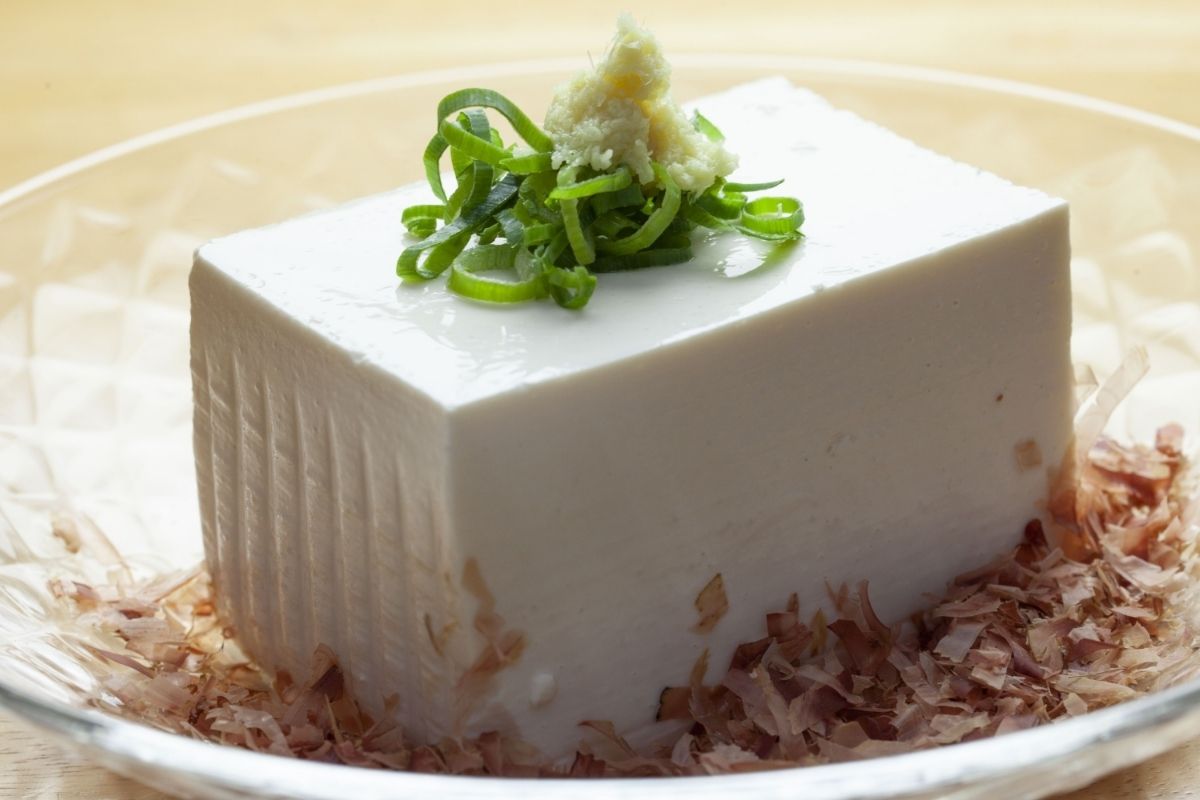During the 1980s, Japan experienced a period of truly amazing growth. The country’s economic growth happened at a rate that neither Japan nor any other Asian country has seen up until that time. This success was a result of a number of factors, including:
- The country’s ability to churn out consistently high-quality products
- A strong work ethic
- The lending of money to banks by the Bank of Japan at very low interest rates of around 2.5 percent, which made it very easy for the banks to turn around and extend cheap loans to companies and individuals
- Companies and individuals used bank loans to make purchases of land, then used that land as collateral to take out more, highly-leveraged loans – often to buy foreign assets at a time when the dollar was weak
During this time, it seemed that the Japanese economy could do no wrong. Elsewhere, tens of thousands of Westerners signed up for Japanese language classes and set their sights on working in Japan. Many had interest in learning business etiquette rules in Japan, as well.
When the bubble burst in the early 1990s, the economy tanked – eventually moving into a protracted era of stagflation which still exists today. Just as importantly, Japan’s economy has been overshadowed in popular and financial news media by the rise of China.
Still, the fact remains that Japan is and for the foreseeable future will continue to be one of the strongest economies in the world. While many young entrepreneurs and established manufacturers alike are now flocking to China, anybody interested in doing business with Asia knows that understanding how to do business in Japan remains a valuable skill.
The truth is that the business culture in Japan is extremely complex and probably no foreigner can learn to completely master it without a time commitment of a decade or more. However, by putting into practice some basic rules and customs, you can at least give yourself the chance to put yourself on equal footing with other foreigners working in Japan. And, by doing so you will improve your chances of working harmoniously with your Japanese counterparts.
Here are some basics to understand before you have your first meeting.
Aisatsu Meeting (Greetings)
When a new business relationship is possible between two companies (both Japanese or one foreign, one Japanese), the way that the companies choose to engage each other is highly structured. Once an initial appointment is secured, the first meeting is known as the aisatsu.
This term literally means “greeting,” but in a business context it also refers to an initial meeting that represents the start of a possible series of meetings held in order to establish a new business relationship.
During the aisatsu meeting, it is essential that both parties avoid actually broaching the topic of an eventual agreement between parties. This is not the time or place to discuss any business or agreement details. Rather, the meeting is in place in order to start a dialogue and ask relatively superficial questions of each other.
The most important thing that Westerners in these business situations need to remember is that “just acting naturally” is not the best approach in the context of negotiating with the Japanese. What is natural and common-sense in one culture is not necessarily so in another. As a foreigner doing business in Japan, it is very important that you not just “go with the flow” or “rely on your instincts.” Do not abandon your intuition or common sense, of course, but learn the proper ways to interact upon an initial meeting. Some pointers:
- If you are the seller and the Japanese party is the buyer and you are meeting at their offices, allow the other party to indicate the seating arrangements and seating order in the room. In other words, do not sit down until invited to do so.
- The highest-ranking person on your team will noticeably be given the most respect by the other company.
- You should adjust your actions – including how you show deference and respect to the members of the other company – based upon your own position relative to that of each Japanese counterpart. In other words, if you are a company vice president and you are first met by someone at the level of sales manager (who is lower than you on the hierarchy chain) of the other company, you should avoid trying to “lower” yourself or to become overly friendly with this person. Instead, save your show of respect for whoever the highest-ranking person is that you will be meeting. Remember, Americans and Europeans are often uncomfortable with status distinctions. However, it will serve you well to remember that such distinctions are very much a reality in the Japanese mind. You should treat your counterparts, your own team, and yourself, accordingly.
- During an initial aisatsu meeting, avoid the temptation to get to the “meat” of the business issue, idea, agreement or proposition at hand. In other words, save any talk of the actual business to be discussed until a future meeting.
Exchanging Business Cards
Just as elsewhere in the world, business cards in Japan are exchanged upon initial meeting. You should make sure that your cards are printed in Japanese on one side and in English (or whatever your native language) on the other.
Here are the steps to properly exchange cards:
- With the Japanese side of your card facing upward, present your card to the other party with both hands.
- Bow as you present your card. Bow lower if you are of relatively low rank or if you are not affiliated with any particular company.
- Receive the other person’s card in the same fashion. Bow lower and longer when receiving the card.
- Say “hajimemashite” as you exchange cards.
- Stare at the card you have received for at least 10-15 seconds or more.
Social & Business Hierarchy
To really get a handle on how business works in Japan, it will be to your benefit to understand the concept of social and business hierarchy. In ways that most foreigners cannot fully comprehend, position and status are everything in Japan.
Many Westerners, in particular, resist the idea of hierarchy. Americans, for example, feel very uncomfortable when differences in status or position are obvious. So, they strive to minimize these obvious differences with jokes or informal behavior, with the goal of “loosening things up.”
The Japanese awareness of social hierarchy in business situations influences a number of factors, including:
- Eye contact
- Depth of bow
- Who initiates and controls a conversation
- Where people sit in a car
- Where people sit in a boardroom or meeting room
- Which verb forms are used when speaking or writing
- How formal or informal a person is to another person in terms of behavior
Aversion To Saying “No”
In the Japan business culture, it is widely known that most Japanese are highly resistant to the word “no.” They do not like to say it and they do not like to hear it.
This is an important concept for foreigners to master as they do business in Japan and learn Japanese business etiquette. Often, when you make a request, you will get an answer that is equivalent to the word “no” even though you will never hear it spoken.
Here are the 16 ways to avoid saying no in Japan, according to an article in International Encounters with Japan” by Keiko Ueda:
- Vague “no”
- Vague and ambiguous “yes” or “no”
- Silence
- Counter questions
- Tangential (indirect, less-than-relevant) responses
- Exiting the room
- Lying or making an excuse
- Criticizing the question
- Conditional “no”
- Condition “yes”
- Delaying an answer
- Internally “yes,” externally “no”
- Internally “no,” externally “yes”
- Apology
- “No” in the context of filling out a form (not spoken)
At The Negotiation Table
Negotiation skills are essential in any business situation or relationship. However, when working with the Japanese it is especially important for you to remain on your toes at all times.
More than just being aware, however, you will want to make sure that you understand the general negotiation process. There is much more to negotiation with the Japanese than can be written about in this small space, here are some tips to remember:
- Start the meeting by spending ample time engaged in non-task sounding. This means talking about non-essential or non-material topics such as the weather, one’s travels to the meeting, or common interests and hobbies. Hint: allow your Japanese counterpart to set the duration of this important time. As a Westerner, you will tend to want to rush this part in 5-10 minutes. Meanwhile, your Japanese counterparts may want to engage in longer conversation.
- Most of the “meat” of the deal will be negotiated among lower-level managers or executives. The higher-level executives will only be brought into the meeting to sign the final agreement once the details have been worked out.
- If you are to be working through an interpreter, be sure to brief him or her prior to the meeting. Speak clearly and loudly and avoid difficult jargon or vocabulary. Also, pause every 30-60 seconds in order to allow the interpreter the chance to speak.
- Your counterparts will not always tell you their honest feelings. They do this not because they are deceptive, but rather because they want to maintain harmony in the situation. In addition, no single person will feel qualified or empowered to make a decision about moving forward with key details on their own. Rather, they will need to consult with their partners.
- Avoid surprises or putting anyone on the spot.
- If you get angry or frustrated during the meeting, do everything in your power not to show it. One inappropriate outburst could signal the end of the business relationship forever.
Even with all of these skills in place, if you face an important meeting or presentation in Japan, consider hiring a Japanese intercultural consultant to help you to adequately prepare yourself for what lies ahead.







